Pakistan is a cultural mosaic where ancient traditions meet evolving values. From the towering peaks of the north to the coastal stretches of the south, the country reflects a deep-rooted heritage shaped by religion, history, language, and art. Every region, every community, adds a unique layer to the national identity — making Pakistani culture one of the richest and most diverse in South Asia.
Culture in the Pakistani context is more than just food, dress, or festivals. It is an intricate web of beliefs, customs, social practices, and creative expressions that define how people live, communicate, and celebrate life. Whether expressed through the poetry of Bulleh Shah, the architectural grandeur of Lahore Fort, or the communal joy of Eid, Pakistani culture is a living tradition that continues to evolve while staying anchored to its roots.
Understanding the characteristics of Pakistani culture is essential not just for researchers and cultural enthusiasts, but also for tourists seeking meaningful connections, and locals striving to preserve their heritage in a fast-changing world. As we explore this topic, we’ll uncover how faith, family, language, regional diversity, and artistic expression come together to define the cultural soul of Pakistan.
2. The Islamic Foundation of Pakistani Culture
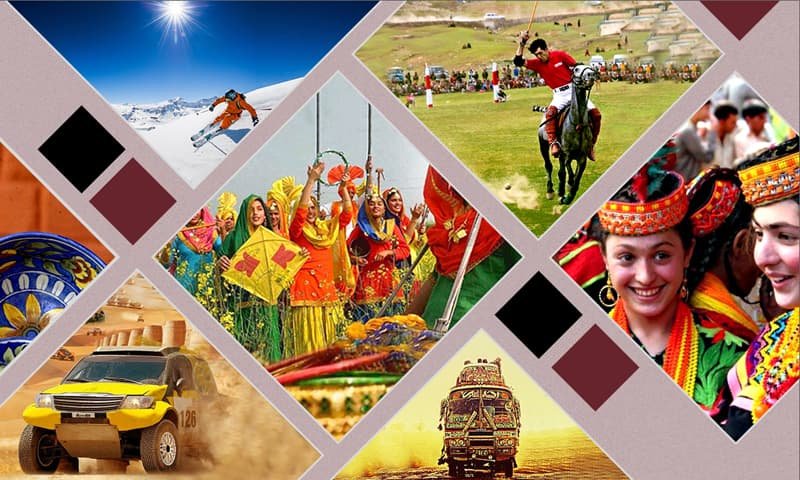

At the heart of Pakistani identity lies Islam, not just as a religion but as a guiding force that shapes values, traditions, and everyday life. From public holidays to personal etiquette, Islamic principles deeply influence the societal framework across urban centers and rural villages alike.
One of the most visible aspects of this foundation is the rhythm of daily life. The five daily prayers (Namaz), the greeting “Assalamualaikum,” and the month-long observance of Ramzan (Ramadan) are not merely religious acts but deeply cultural ones. Friday, the holy day for Muslims, is marked by extended congregational prayers and often a family gathering over a special meal.
Islamic festivals such as Eid-ul-Fitr, Eid-ul-Adha, and Eid Milad-un-Nabi are celebrated nationwide with food, charity, communal prayers, and new clothes. These events are not only religious obligations, they become moments of cultural pride, social bonding, and national unity.
The influence also extends into aesthetics. From calligraphy and mosque architecture to modest dress and social behavior, Islamic values have been woven into Pakistan’s creative and moral fabric. Laws and governance also reflect Islamic ideals, especially in family law and social justice matters.
This religious foundation does not restrict cultural diversity. Instead, it provides a common thread that connects the different ethnicities, languages, and regions of Pakistan. It is a defining aspect among the many characteristics of Pakistani culture.
3. Diversity Within Unity: Ethnic and Linguistic Identity
One of the most defining characteristics of Pakistani culture is its incredible diversity. Pakistan is home to a wide range of ethnic groups, each contributing unique traditions, languages, music, dress, and customs to the national identity. Despite these differences, there is a strong sense of unity built around shared values, religion, and history.
Major ethnic communities include Punjabis, Sindhis, Pashtuns, Baloch, and Muhajirs. Each group has its own cultural heritage that is expressed through folk tales, regional festivals, rituals, and traditional foods. In northern regions like Gilgit-Baltistan and Chitral, even more distinct communities such as the Shina, Wakhi, and Kalasha people preserve their age-old customs.
Linguistically, Pakistan is just as vibrant. Although Urdu is the national language and serves as a unifying means of communication, regional languages thrive in daily life. Punjabi, Sindhi, Pashto, Balochi, Saraiki, and Brahui are widely spoken, with each language carrying centuries of oral history and poetry. Language is not only a tool of communication but a deep cultural expression tied to identity and emotion.
This multicultural composition is a reflection of Pakistan’s geographical and historical complexity. Yet, despite the regional variations, there is a shared cultural ethos that binds the nation together. From Lahore’s Sufi shrines to Peshawar’s hujras, from the Sindhi Ajrak to the Balochi embroidery, Pakistan’s cultural unity thrives in its ethnic and linguistic richness.
4. Family Structure and Social Values
Family is the cornerstone of social life in Pakistan. It plays a central role in shaping individual behavior, social responsibilities, and community relationships. Among the most important characteristics of Pakistani culture is the deep respect for family values, with a particular emphasis on collective living, loyalty, and respect for elders.
The joint family system is still prevalent across much of the country, especially in rural areas. Multiple generations often live under one roof, sharing responsibilities, resources, and decision-making. Even in urban settings where nuclear families are becoming more common, extended family members remain closely involved in each other’s lives.
Social interactions are guided by strong moral values. Respect for elders is a cultural norm, and younger people are expected to show deference in speech and behavior. Gender roles, while evolving in modern contexts, are traditionally defined, with clear distinctions in responsibilities within the household.
Marriage is another area where family involvement is significant. Most marriages are arranged with input from parents and elders, who consider compatibility, family background, and cultural values. Weddings are major family and community events, often lasting several days and involving rituals that reflect both regional customs and Islamic traditions.
Hospitality, generosity, and a sense of community are deeply embedded in everyday life. Whether it’s offering food to guests or helping neighbors in need, these values reflect a culture that prioritizes collective well-being over individualism.
5. Traditional Dress and Regional Styles
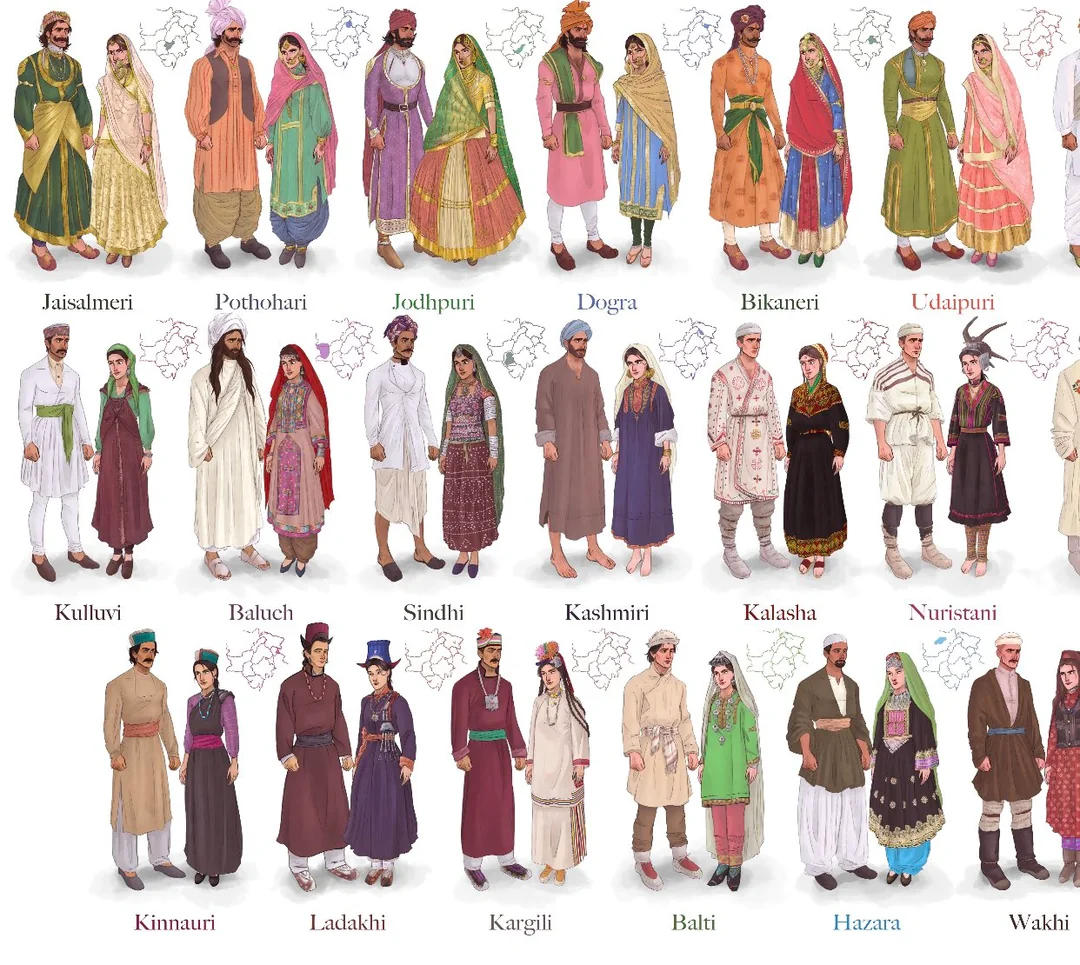

Clothing in Pakistan is more than a matter of fashion. It is a reflection of identity, culture, climate, and religious values. One of the notable characteristics of Pakistani culture is the diversity and symbolism found in traditional attire across different regions.
The Shalwar Kameez is the national dress, worn by both men and women, often tailored with regional variations in fabric, cut, and embroidery. For men, it is usually paired with a waistcoat or turban on formal occasions. For women, the outfit includes a dupatta, which adds an element of modesty and grace.
Every province has its own distinct style that celebrates local aesthetics. In Sindh, the Ajrak and Sindhi Topi are cultural icons, often worn during celebrations and national events. In Balochistan, traditional dresses are heavily embroidered, with wide-legged trousers and colorful patterns that reflect the arid yet vibrant landscape. Pashtun men often wear a chitrali cap or pakol, while women wear long flowing frocks adorned with mirror work and thread embroidery. In Punjab, vibrant colors and intricate designs dominate both casual and formal clothing.
These regional styles are not just preserved in rural areas. They are celebrated in urban fashion shows, national holidays, and even in global diaspora communities. On occasions like Pakistan Day or Independence Day, people proudly wear cultural dress to showcase their heritage.
Traditional attire continues to evolve with modern trends, but its roots in cultural identity remain strong. From handwoven shawls to artisanal embroidery, Pakistani clothing speaks volumes about the people who wear it and the communities they belong to.
Also See: Explore Top Trekking Places in Pakistan
6. Cultural Celebrations and Religious Festivals
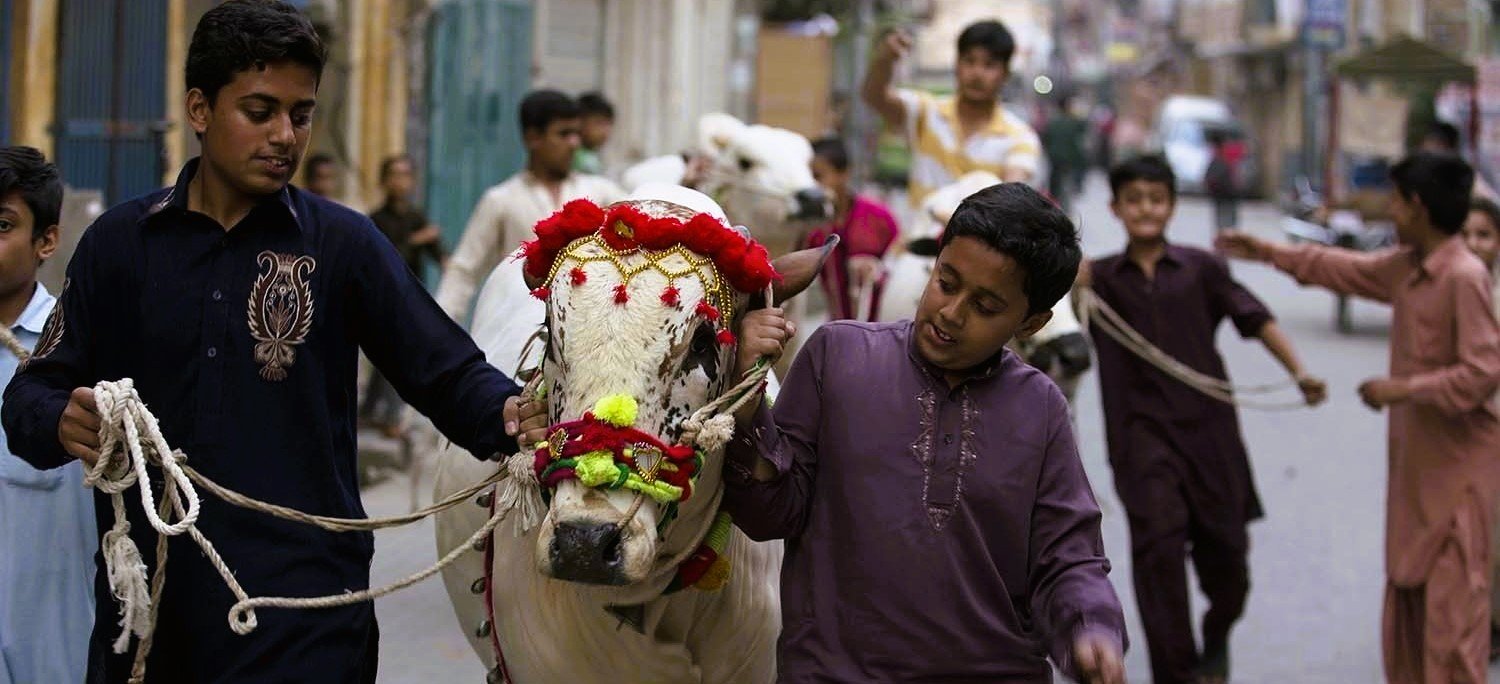

Pakistan Eid al Adha
Festivals in Pakistan are vibrant expressions of faith, heritage, and regional pride. They serve as a unifying force across communities and generations. Among the core characteristics of Pakistani culture is the way these celebrations blend religious devotion with joyful social traditions.
Religious festivals are central to the national calendar. Eid-ul-Fitr marks the end of Ramzan with communal prayers, charity (zakat), and feasting. Families come together in their best clothes, share meals, and visit loved ones. Eid-ul-Adha, also known as the Festival of Sacrifice, commemorates the spirit of devotion and involves the ritual sacrifice of animals, the distribution of meat, and special prayers. Eid Milad-un-Nabi, the birthday of the Prophet Muhammad (PBUH), is celebrated with religious processions, poetry (naats), and spiritual gatherings.
In addition to religious events, national festivals like Pakistan Day (March 23) and Independence Day (August 14) are marked with flag hoisting, military parades, cultural performances, and patriotic songs. Schools, offices, and public buildings are adorned with lights and flags, creating a collective sense of identity and pride.
Regional and seasonal festivals add even more color to the cultural landscape. The Basant festival in Punjab, known for its kite flying, music, and mustard flower fields, is a springtime celebration of renewal. The Chilam Joshi Festival of the Kalash people in Chitral showcases ancient pagan rituals, traditional dances, and unique music. Sindhi Cultural Day highlights Ajrak, Sindhi music, and poetry in an explosion of regional pride.
These celebrations serve more than just entertainment. They reinforce social bonds, pass down traditions to younger generations, and offer an immersive experience for anyone looking to understand the true spirit of Pakistan.
7. Cuisine as a Cultural Connector
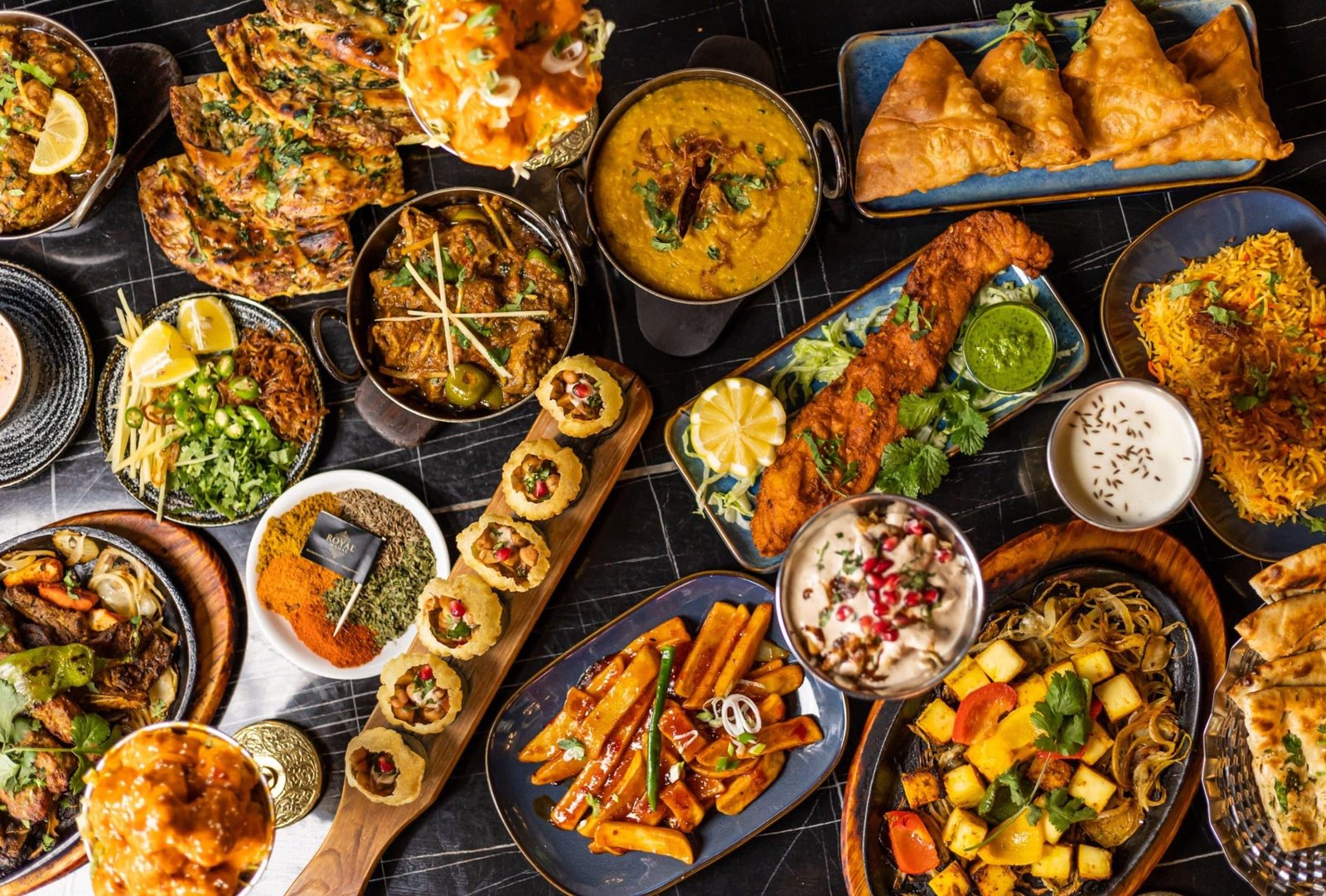

Food is one of the most powerful cultural symbols in Pakistan. It goes beyond sustenance and becomes a shared experience that brings families, friends, and even strangers together. Among the many characteristics of Pakistani culture, its cuisine stands out for its variety, flavor, and regional richness.
Pakistani food is known for its bold spices, rich textures, and aromatic blends. Each region offers its own culinary identity. In Sindh, dishes like Sindhi Biryani and Sai Bhaji mix spice with tradition. Punjab is home to Nihari, Butter Chicken, and Saag with Makai ki Roti, often enjoyed with a glass of lassi. In Khyber Pakhtunkhwa, you’ll find hearty meals like Chapli Kebab and Kabuli Pulao, reflecting Central Asian influences. Balochistan brings slow-cooked specialties like Sajji, a marinated whole lamb roasted over open flames.
Street food is another key part of Pakistani culinary culture. From gol gappay and bun kebabs to dahi bhallay and jalebi, these affordable delights are widely available and deeply loved across the country. In cities like Lahore and Karachi, night-time food streets become cultural hubs, where people from all walks of life gather to eat and socialize.
Beyond flavor, food in Pakistan is closely tied to hospitality. Guests are always offered something to eat or drink, even during brief visits. Sharing meals, especially during religious events like Eid or communal gatherings during Ramzan, reinforces social ties and reflects the generosity ingrained in cultural values.
Whether it’s a wedding feast or a roadside snack, Pakistani cuisine is a window into the country’s soul—rich, diverse, and welcoming.
8. Literature, Poetry, and Oral Storytelling
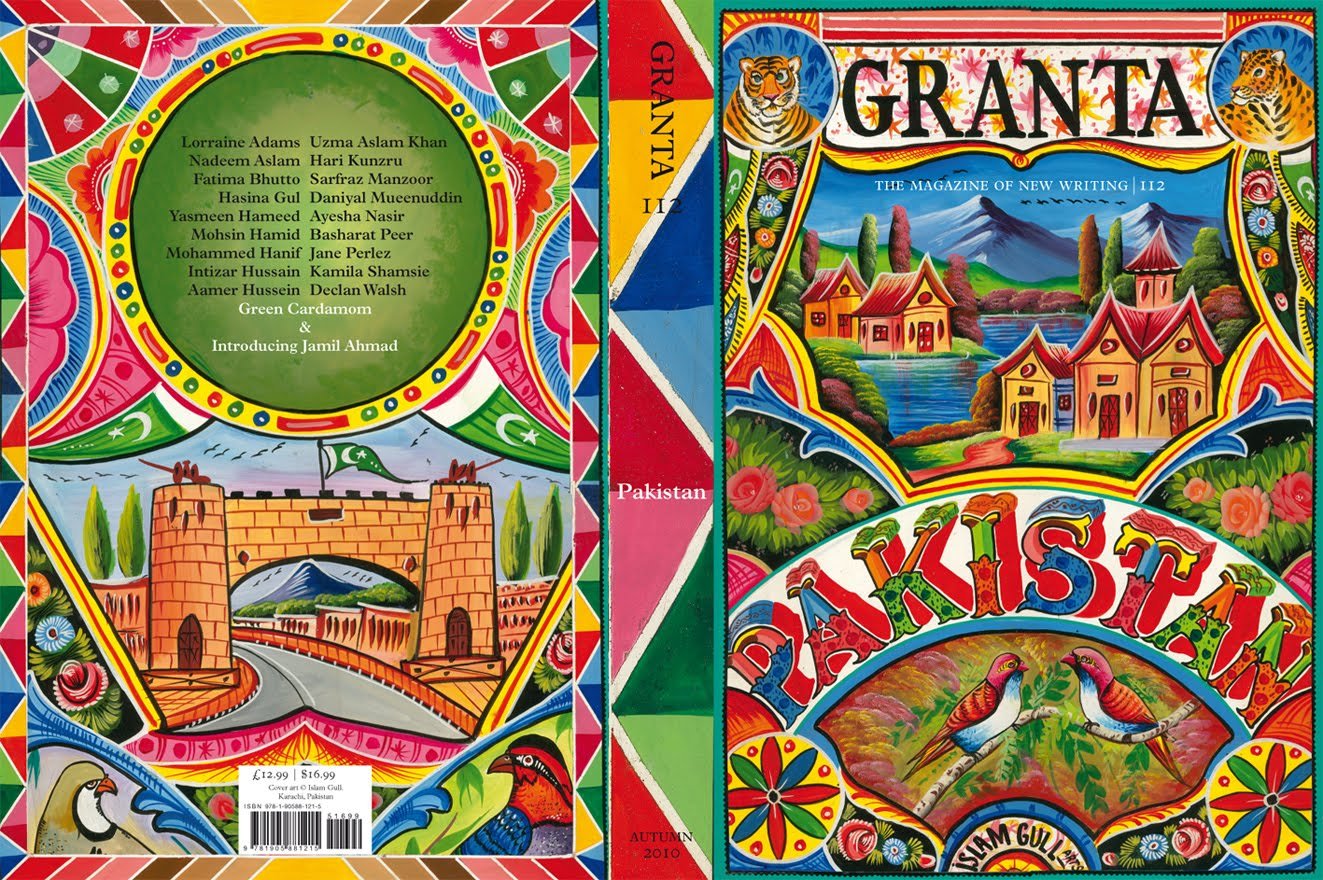

Literature and poetry hold a sacred place in the cultural heart of Pakistan. Among the timeless characteristics of Pakistani culture, the love for language and the written word stands as both a legacy and a living tradition. From the verses of Sufi saints to the revolutionary poetry of modern thinkers, literature in Pakistan is a reflection of the nation’s soul.
Poetry is not limited to academics or artists. It is woven into everyday life. People quote verses in conversation, sing them in gatherings, and celebrate poets during cultural events. Classical poets like Bulleh Shah, Shah Abdul Latif Bhittai, and Rehman Baba are revered for their spiritual and philosophical depth. Their poetry, rooted in love, devotion, and unity, continues to be sung and studied across the country.
Allama Iqbal, the national poet of Pakistan, is celebrated for inspiring the idea of a separate homeland for Muslims in the subcontinent. His Persian and Urdu poetry blends intellect, self-awareness, and divine philosophy. His works are taught in schools and recited in public forums, keeping his vision alive.
Modern poets like Faiz Ahmad Faiz, Ahmed Faraz, and Parveen Shakir brought emotion, resistance, and modern sensibilities into literary discourse. Their poetry addresses love, politics, justice, and identity in deeply moving ways.
Pakistan also has a rich tradition of oral storytelling, especially in rural communities. Folktales, epics, and moral stories are passed down through generations in local languages. Mushairas (poetic symposiums) and mehfils (literary gatherings) serve as communal spaces where poetry is not just read, but performed and celebrated.
This deep cultural engagement with words is a testament to the country’s emotional and intellectual depth. It nurtures a society that values thought, language, and expression—core traits of Pakistani identity.
9. Arts, Handicrafts, and Traditional Music
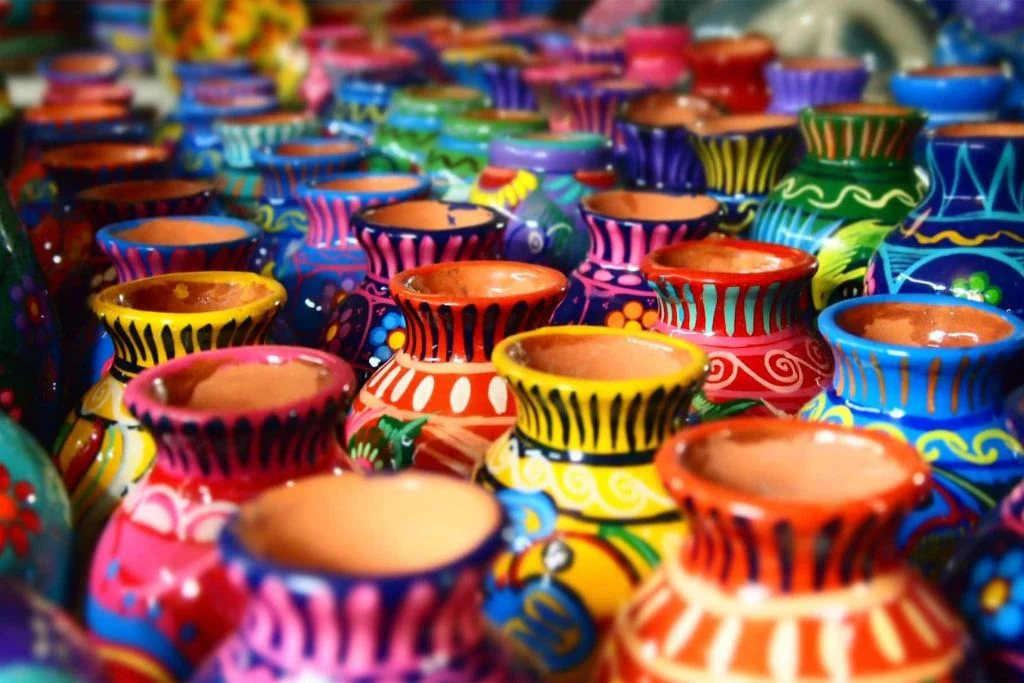

The visual and performing arts in Pakistan offer a striking reflection of its historical depth and cultural variety. Among the most admired characteristics of Pakistani culture is the continued preservation of centuries-old art forms, many of which are passed down through generations of skilled artisans and musicians.
Handicrafts are a proud symbol of Pakistan’s creative heritage. Each region boasts its own specialties. In Multan, vibrant blue pottery and glazed tiles decorate mosques and homes alike. Chiniot is known for its intricate woodwork, often seen in furniture and carved doors. In Sindh, mirror-work embroidery, Ajrak block printing, and ralli quilts are not just art but living traditions. Balochistan offers fine embroidery, often seen in traditional clothing, while Khyber Pakhtunkhwa produces brass and copper items engraved with geometric designs.
These crafts are more than decorative—they carry cultural stories, spiritual symbols, and regional identity. Many Pakistani artisans still use traditional tools and methods, creating pieces that are valued locally and sought after internationally.
Traditional music in Pakistan is equally diverse. It ranges from classical and devotional to folk and contemporary styles. Qawwali, made famous worldwide by artists like Nusrat Fateh Ali Khan, is a spiritual musical form rooted in Sufi tradition. Ghazals, a form of romantic and philosophical poetry set to music, are also highly popular. Instruments like the tabla, sitar, dhol, rubab, and harmonium are essential to traditional performances.
Every province has its own musical identity. Punjab’s bhangra beats, Sindh’s soulful Sufi music, the haunting tunes of the Baloch banjo, and Pashto folk songs all reflect the lived experiences and spiritual expressions of their people.
Whether seen in a handcrafted Ajrak or heard in a Sufi song at a shrine, Pakistani art and music continue to offer powerful ways for people to connect with their roots, celebrate their identity, and share their culture with the world.
10. Hospitality and Cultural Etiquette
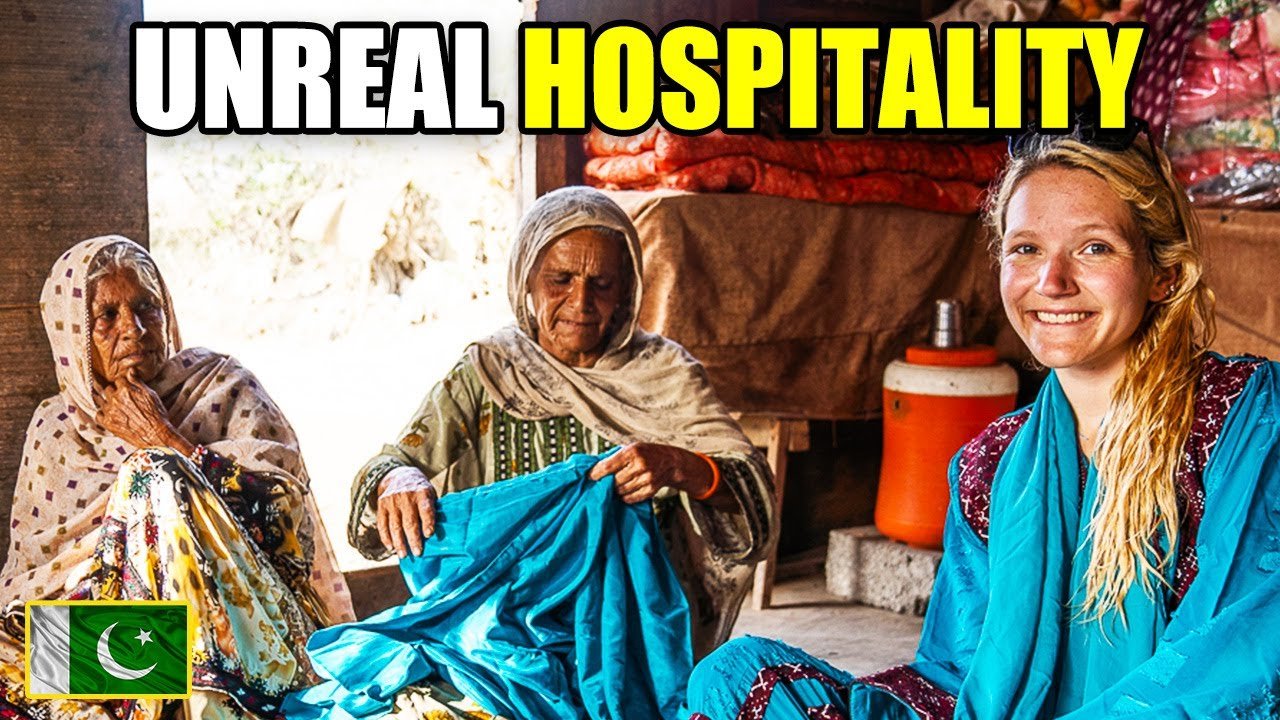

Hospitality is not just a social norm in Pakistan, it is a deeply held cultural value and a defining trait among the characteristics of Pakistani culture. Whether in a bustling city or a remote village, guests are treated with immense respect, generosity, and warmth. The famous saying “Mehmaan Khuda ki rehmat hota hai” (A guest is a blessing from God) reflects this deeply rooted tradition.
From the moment a guest enters a Pakistani home, hosts go out of their way to make them feel welcomed and honored. Offering tea, sweets, or a full meal is customary, even if the visit is unplanned. The act of serving food, sometimes with the host standing until the guest begins eating, reflects both respect and humility.
Social etiquette in Pakistan emphasizes politeness, formality, and indirect communication. Elders are always greeted first and addressed with respectful titles such as “Janab,” “Apa,” or “Bhai Sahib.” In many regions, a handshake is common, while in others, especially more conservative settings, greetings may be limited to a verbal “Assalamualaikum” and placing the hand over the heart as a gesture of respect.
Respect for hierarchy is important in both family and professional settings. Speaking softly, avoiding public disagreement, and using formal titles are part of the unspoken rules of interaction. Modesty in dress and speech is also highly valued, particularly in traditional environments.
During special occasions like Eid or weddings, hospitality is amplified. Guests may be offered lavish meals, gifts, and accommodations. Even strangers or travelers passing through rural areas are often invited into homes and cared for as honored guests.
This culture of hospitality and etiquette not only strengthens community bonds but also reflects Pakistan’s spiritual and social values—generosity, humility, and respect for human dignity.
11. Characteristics of Pakistani Culture in the Global Context
As Pakistan becomes increasingly connected to the world through media, migration, and tourism, its cultural identity is gaining more recognition on global platforms. While deeply traditional, Pakistani culture is not static. It continues to evolve, adapt, and resonate beyond borders—making the characteristics of Pakistani culture relevant in global conversations about identity, diversity, and heritage.
Pakistan’s global diaspora plays a key role in promoting its culture internationally. From London to Toronto and Dubai to Sydney, Pakistani communities celebrate their roots through festivals, art exhibitions, food festivals, and literary events. Cultural clothing like Ajrak and embroidered kurtas, music like qawwali and Coke Studio fusions, and cuisine like biryani and kebabs are enjoyed far beyond the homeland.
In recent years, international platforms have also highlighted Pakistan’s rich cultural assets. Documentaries, travel vlogs, fashion collaborations, and UNESCO recognitions are helping reshape outdated perceptions and highlight the country’s creative, spiritual, and social depth. Musicians, filmmakers, writers, and artists from Pakistan are now contributing to global narratives with distinctly Pakistani voices.
At the same time, this cultural expansion does not mean losing authenticity. In fact, it emphasizes the strength and resilience of traditional values in modern times. Whether it’s a second-generation Pakistani reciting Faiz in New York or a fashion designer in Lahore reviving ancient embroidery styles for global runways, culture remains a dynamic bridge between the past and the future.
Understanding these cultural expressions in a global context helps us see Pakistani culture not as a closed system, but as a living, breathing identity that connects with universal human values—community, creativity, spirituality, and expression.
12. Reflections as a Cultural Traveler from Pakistan
As someone who observes and engages with cultures both within and beyond Pakistan, I’ve come to realize that the true richness of this country lies not just in its mountains or mosques, but in its people and how they live. The characteristics of Pakistani culture are not limited to textbooks or heritage sites—they are lived every day, in every gesture of hospitality, every line of poetry, every dish served with love.
Traveling across Pakistan, I’ve seen how each province adds its own layer to the national story. In Hunza, the silence of the mountains is filled with the warmth of community. In Lahore, the past lives on in the rhythm of qawwali and the aroma of street food. Sindh’s Ajrak and Sufi shrines echo centuries of devotion and resistance. Balochistan’s embroidery tells stories through thread, and KP’s hospitality leaves no one a stranger.
As a traveler, I find Pakistani culture offers multiple entry points for exploration:
-
Landscape: From deserts to glaciers, nature shapes local customs and lifestyles.
-
History: From Mohenjo-daro to Rohtas Fort, the ancient world still breathes through bricks and relics.
-
Architecture: Mughal masterpieces, colonial buildings, and vernacular styles reflect spiritual and political legacies.
-
UNESCO Sites: Taxila, Makli Necropolis, and Lahore Fort showcase global recognition of Pakistani heritage.
-
Festivals and Events: Cultural melas, religious processions, and traditional performances bring communities together in celebration.
For those looking to connect with culture—be it through travel, study, or storytelling—Pakistan is an invitation to discover complexity, beauty, and belonging. The more I see of the world, the more I recognize the depth of where I come from.
References
-
Sharnoff’s Global Views
11 Key Traits of Pakistani Culture
https://www.sharnoffsglobalviews.com/pakistani-culture-traits-244/ -
JagahOnline Blog
Salient Features of Pakistani Culture and Tradition
https://www.jagahonline.com/blog/pakistan-culture-and-tradition/ -
Scribd PDF
Characteristics of Pakistani Culture
https://www.scribd.com/document/736677956/Characteristics-of-Pakistani-Culture -
Wikipedia
Culture of Pakistan
https://en.wikipedia.org/wiki/Culture_of_Pakistan -
Encyclopedia Britannica
Pakistan – Daily Life and Social Customs
https://www.britannica.com/place/Pakistan/Daily-life-and-social-customs -
Graana Blog
Pakistani Handicrafts That Reflect Cultural Identity
https://www.graana.com/blog/pakistani-handicrafts-that-reflect-cultural-identity/

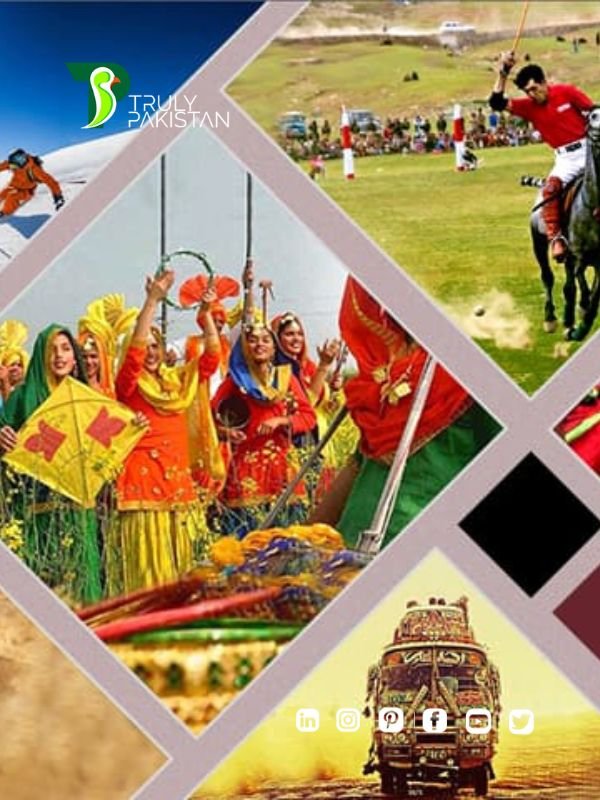
2 thoughts on “11 Key Characteristics of Pakistani Culture in 2025 | Diverse & Rich Heritage”